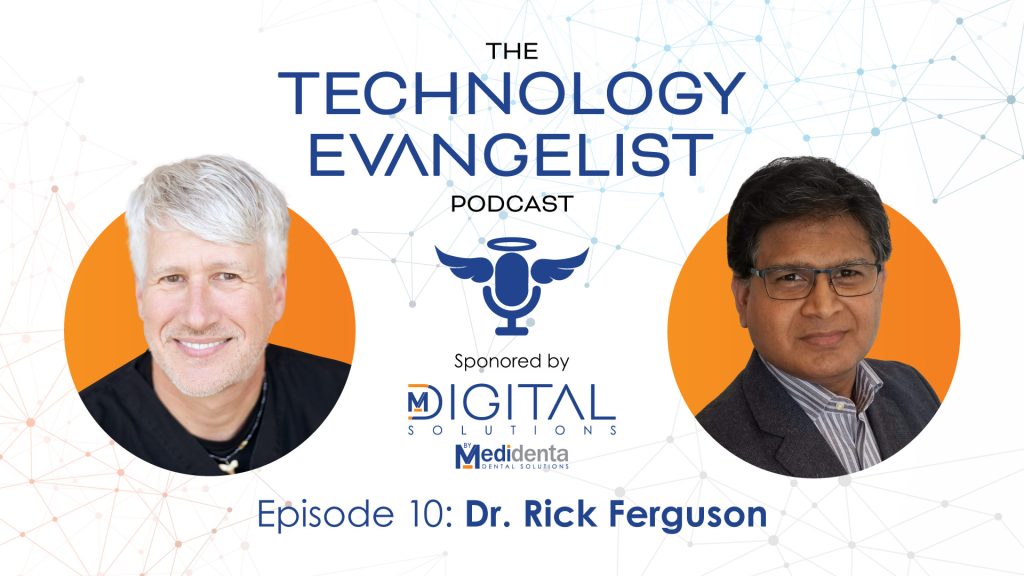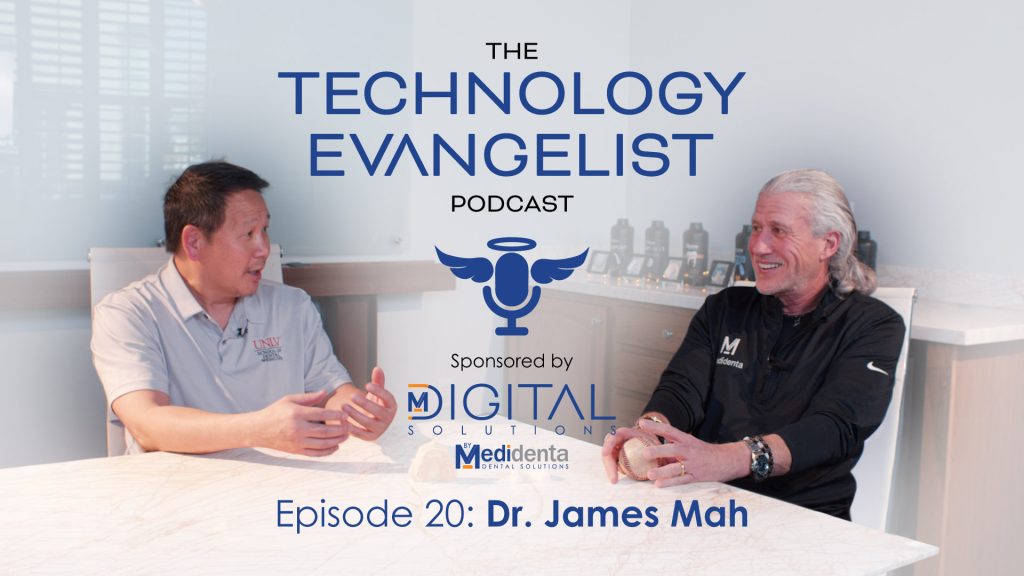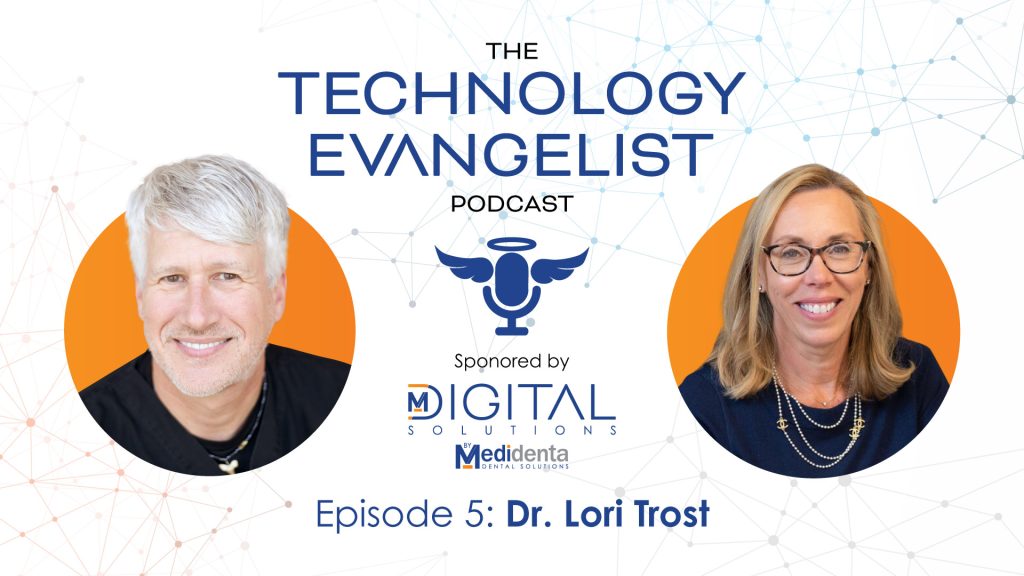In The Technology Evangelist Podcast Episode 7, hosted by Dr. John Flucke on Medidenta Digital Solutions, the focus is on 3D imaging in dentistry. Dr. Dale Miles, a distinguished oral maxillofacial radiologist with over 40,000 scans read, joins to explore how this technology, alongside artificial intelligence (AI), is revolutionizing dental diagnostics. With a career spanning academia and private practice across multiple continents, Dr. Miles introduces EasyRiter®, a cutting-edge software tool he developed with VideaHealth to enhance radiographic analysis. This episode offers valuable insights for dental professionals looking to integrate 3D imaging in dentistry into their practices. Tune in to discover how these advancements improve patient care and reduce liability risks!
Dr. Dale Miles’ Journey in 3D Imaging in Dentistry
Dr. Miles’ odyssey began as a Canadian dentist, graduating from the University of Western Ontario 54 years ago. After practicing for five years, he found traditional dentistry lacking the intellectual challenge he craved, prompting a move to graduate school in San Antonio. Radiology wasn’t a specialty in the U.S. at the time, so he returned to Canada to teach at Dalhousie University, later serving as a visiting professor at the University of Connecticut, where he reintroduced panoramic radiography. His career progressed through roles at Indiana University, University of Kentucky, and Arizona School of Dentistry, where he was the first dean of clinical affairs. In 2005, he left academia to focus on private practice, reading scans, conducting research, and lecturing globally, including a pandemic-era trip to South Korea. His work now centers on leveraging 3D imaging in dentistry to uncover systemic health insights, such as diabetes indicators.
Key Insights on 3D Imaging in Dentistry
- Evolution of CBCT: Dr. Miles introduced Dr. Flucke to cone beam computed tomography (CBCT) in the early 2000s, a cornerstone of 3D imaging in dentistry. Now widespread, CBCT enables detailed implant planning and surgical guide creation, transforming diagnostic capabilities.
- EasyRiter® Software: Collaborating with VideaHealth (formerly Valme, meaning “robot” in Icelandic), Dr. Miles developed EasyRiter®, a tool that uses AI to generate anatomically based reports. It identifies findings like cerumen (earwax) or calcifications, offering decision support for referrals, making 3D imaging in dentistry more accessible.
- AI’s Role in 3D Imaging: AI enhances CBCT analysis by segmenting images and providing probability assessments for conditions, though dentists retain final responsibility. This reduces liability, a key concern for practitioners adopting 3D imaging in dentistry.
- Standard of Care Shift: Dr. Miles asserts that CBCT and surgical guides are becoming standard for implants and extractions. Better documentation via EasyRiter® provides legal protection, aligning with the evolving landscape of 3D imaging in dentistry.
- Patient Care Impact: Through 3D imaging in dentistry, dentists can detect systemic issues like diabetes or hypertension via CBCT. Dr. Miles’ research on medial arterial calcification patterns, linked to uncontrolled type 2 diabetes, highlights its preventive potential.
Research and Systemic Health Connections
Dr. Miles’ research amplifies the role of 3D imaging in dentistry. Since December, he has identified 38 cases of calcification patterns suggesting diabetes in 312 scans from one client, a 10-12% rate. This data, embedded in EasyRiter®, prompts referrals for hemoglobin A1c tests, often revealing family histories of diabetes or hypertension. His upcoming study will compare these findings with panoramic X-rays, promising to enhance early detection. Additionally, he notes oral lesions from diseases like measles appear a week before other symptoms, underscoring how 3D imaging in dentistry can serve as an early warning system, potentially preventing outbreaks.
Educational Efforts and Liability
Dr. Miles emphasizes education, delivering 30-hour CBCT courses in Ontario and hands-on EasyRiter® training. He addresses liability concerns, noting that while not all scans require radiologist review, dentists are responsible for all CBCT findings. For low-volume practitioners, self-education with tools like EasyRiter® suffices, but high-volume practices should establish formal radiologist partnerships. This approach to 3D imaging in dentistry minimizes risks, as seen in his expert witness experience, where documentation proved critical.
Transform Your Practice with Medidenta Digital Solutions
Ready to adopt 3D imaging in dentistry? Medidenta Digital Solutions offers advanced imaging tools to enhance diagnostics. Explore our products today!




